Describes the Appearance of a Cloudy Broth Culture.
Stock should always be started with cold water and cooked uncovered at a simmer without ever coming to a full boil. Colony Morphology of Bacteria.
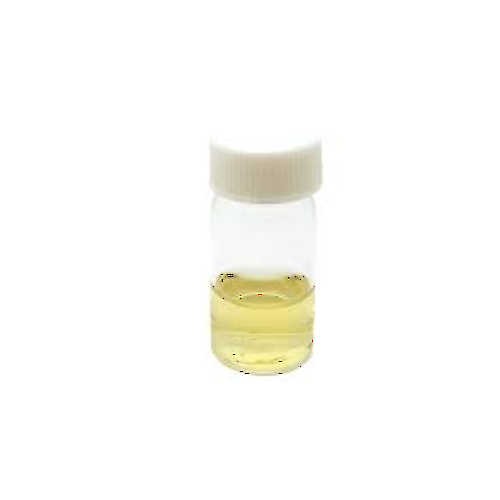
Nutrient Agar And Nutrient Broth Composition Preparation Differences
Broth culture is a liquid used by scientists to grow bacteria.

. Look at the broth subculture tubes and describe what you expected to see and how they appear in terms of how cloudy they lookcloudiness is an indication of bacterial growth. Key features of these bacterial colonies serve as important criteria for their identification. Sediment at the bottom of the broth a.
Trubid _____ are chemical substances required in large quantities by cells such as carbon or. A colony is defined as a visible mass of microorganisms originating from a single mother cell. Tubes with liquid cultures contain about 5 mL of liquid bacteria.
Turbidity is the term when cloudy appearance in a broth occurs after inoculation with a culture and overnight incubation or any type of broth culture. Broth cultures should be observed both before and after mixing. To determine the Growth Pattern of the broth the medium should be described as one of the following.
A Synergism b Competition c Antagonism d Commensalism. Predicted appearance of broth after incubation. Bacterial growth in broths is indicated by the development of a cloudy appearance.
Motile bacteria those with flagella can swim. Pellicle a visible layer of growth at the surface of the broth aerobic bacteria Flocculent the medium has small masses visible in suspension. Pigment varies from pale pink to bright red.
In addition to oxygen requirements there are other factors that can influence microbial growth patterns in liquid. Flocculent small masses d. Place the broth subcultures in an incubator at the.
Generally speaking the cloudy nature of stock is simply due to impurities or particles in the stock. The broth culture contains microorganisms ie yeasts that are opaque. As a result the inoculated nutrient broth is uniformly cloudy and looks like a turbid yellowish or whitish suspension.
Their movement will create a. Step-by-step explanation Turbidity is due to the bacterial growth having flagellum on the surface of the broth theri movements create the uniform cloudiness or turbidity in the broth. Cells that settle to the bottom of a tube are refereed to as X.
Granular small particles c. When a bacterial culture grows across the surface of a broth the growth is referred to as a X. Flocculent small masses c.
It is cultured on nutrient broth at 25 C in a tube. If your broth looks cloudy discard it and make another broth using less bacteria. Turbid the broth is cloudy.
Bacterial cells growing in nutrient broth will showa a clear b. Flaky large particles 3. If the stock does boil some of the fat will emulsify into the liquid which can make it cloudy.
Flaky large particles d. Which of the following describes a relationship where microorganisms compete for survival in a common environment. The powder is dissolved in water put in test tubes and sterilized.
Actual appearance of broth after incubation. Clear no visible growth. Draw and describe your observations in the appropriate boxes in the table below.
Growth on your slants should be described by color and amount abundant sparse absent. As a result uninoculated and uncontaminated solutions are transparent and are not cloudy. The term _____ describes the.
Purple Which of the following places the steps of growing bacteria on agar plates in the core order 1. Broth subcultures Use Broth Culture Image 2 pts. Pouring the agar plates 2- Incubating the bacteria 3- Inoculating the plates with bacteria 4- Preparing the culture medium and autoclaving a.
Use of Liquid Nutrient Broth Media for Growing Bacteria - P2. Broth is convenient as most bacteria will grown in this type of medium even those with widely different aerotolerances oxygen requirements. Explore the definition medium and characteristics of broth cultures discover why.
Viscid sticky when prodded Growth in a gelatin stab culture. Cultures are guaranteed as to species and purity. Bacteriological Culture Methods Observations and Outcomes-Fill in your answers here 10 points Broth subcultures Use Broth Culture Image2 pts Look at the broth subculture tubes and describe what you expected to see and how they appear in terms of how cloudy they lookcloudiness is an indication of bacterial growth.
Each culture contains enough material for a class of 30 students. The pattern of growth in a broth should be observed. This culture is Gram motile rods.
Bacteria grow on solid media as colonies. For Educational Use Only. Fastidious the term _____ describes the appearance of a cloudy broth culture turbidity a _____ is a microbe that prefers environments near or at a pH of 7 neutrophile medically important aerobes that require atmospheres that have additional CO2 capnophiles a _____ is a continuous culture system that adds nutrients and removes wastes in order to maintain a constant growth rate.
Cloudiness of broth before incubation. Why does nutrient broth go cloudy. The term _____ describes the appearance of a cloudy broth culture.
Subsurface floating in the broth a. Growth occurring as clumps suspended in the broth is refereed to. Granular small particles b.
A _____ is a continuous culture system that provides nutrients and removes wastes to stabilize cell culture. A term often used to describe cloudiness of a broth tube are referred to as X. Nutrient broth becoming cloudy in appearance is usually a good indication that one or more cultures of bacteria or fungi has grown in the broth.
Colony morphology can sometimes be useful in bacterial identification. If the newly inoculated broth looks cloudy at the start you will have no way to determine if this is due to bacterial growth during the incubation period. Turbid cloudy growth b.
Nutrient broth is typically made of a powdered beef extract that contains peptones broken down proteins.

Green Synthesis Characterization And Biological Activities Of Saffron Leaf Extract Mediated Zinc Oxide Nanoparticles A Sustainable Approach To Reuse An Agricultural Waste Rahaiee 2020 Applied Organometallic Chemistry Wiley Online Library
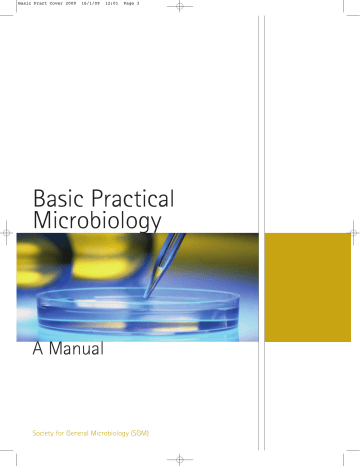
Basic Practical Microbiology Manualzz

Foods Free Full Text Application Of Enterococcus Malodoratus Sjc25 For The Manufacture Of Whey Based Beverage Naturally Enriched With Gaba Html

B Other Abnormal Discoloration Mottled Appearance Of The Gills Download Scientific Diagram

214 Questions With Answers In Culture Techniques Science Topic

Veterinary Sciences Free Full Text Lactococcosis A Re Emerging Disease In Aquaculture Disease Significant And Phytotherapy Html

Microbio Lab Unit 1 Broth Cultures Flashcards Quizlet

Broth Culture Definition Medium Characteristics Video Lesson Transcript Study Com

Microbio Lab Unit 1 Broth Cultures Flashcards Quizlet
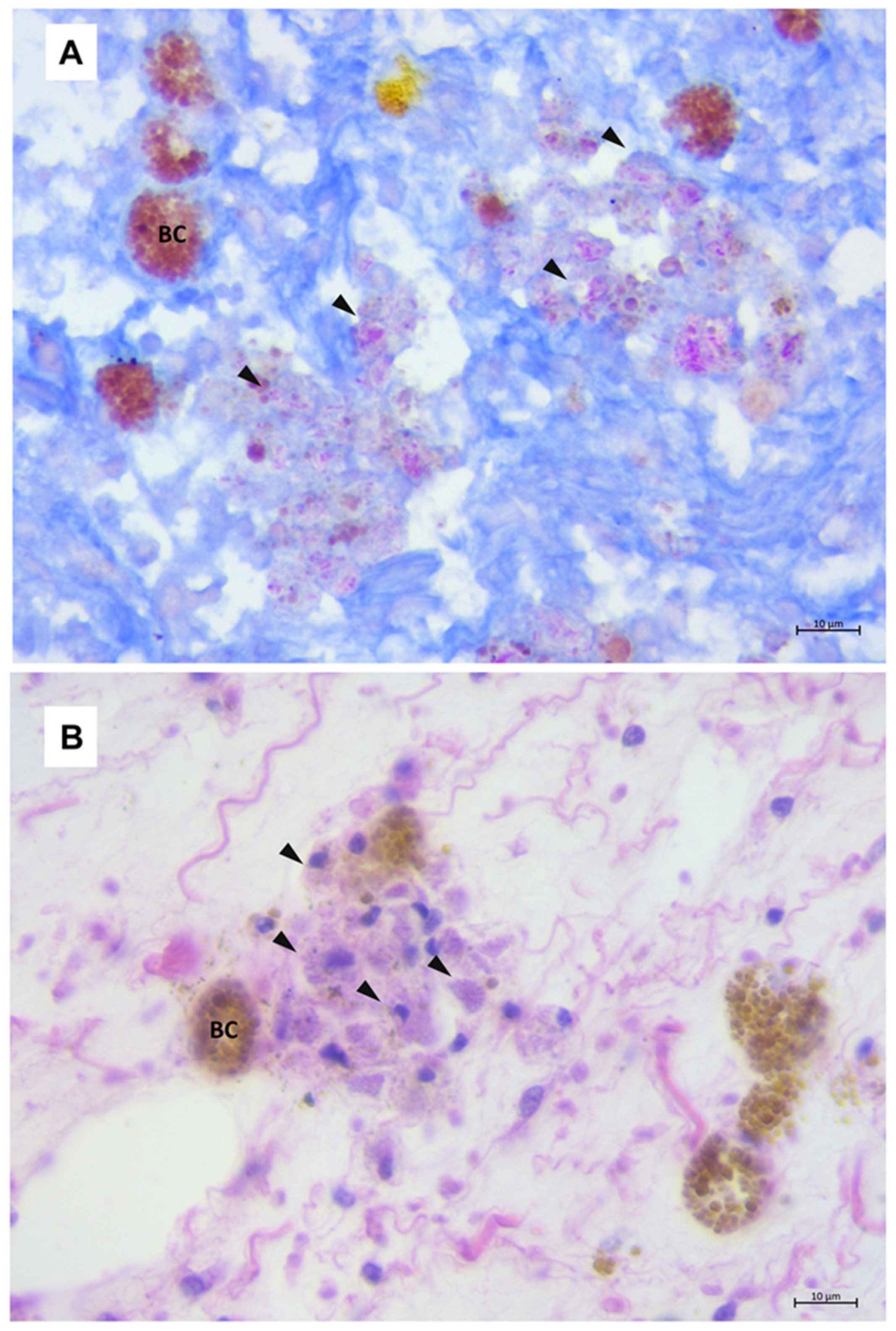
Microorganisms Free Full Text Mycobacteriosis In Aquatic Invertebrates A Review Of Its Emergence Html

Microbes Activation And Effects Pdf Probiotic Gut Flora
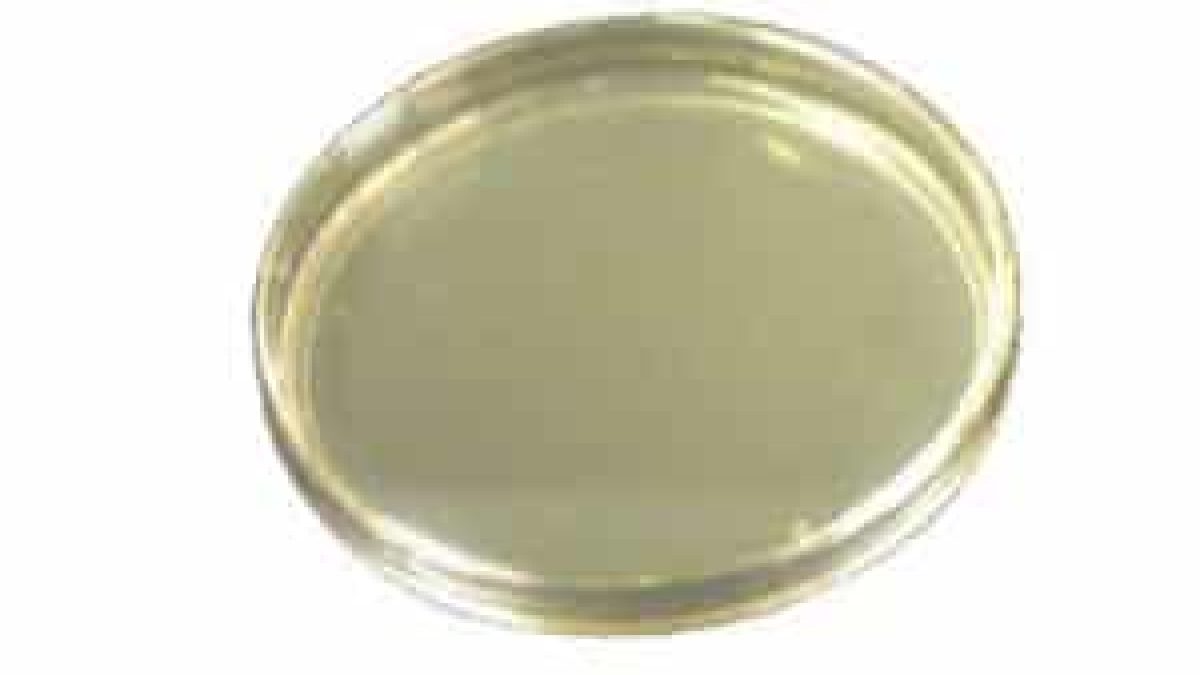
Nutrient Agar And Nutrient Broth Composition Preparation Differences

Nature An Immersive Guide By 1ʀaɱyeyeƶ

Pdf Case Report Of Actinomyces Turicensis Meningitis As A Complication Of Purulent Mastoiditis

Nutrient Agar And Nutrient Broth Composition Preparation Differences

A A Photograph Of A Spectrophotometer A Machine With A Keypad And A Place To Put A Sample B A Diagram Explaining How The Sp Turbidity Microbiology Detector

Association Of Local Unit Sampling And Microbiology Laboratory Culture Practices With The Ability To Identify Causative Pathogens In Peritoneal Dialysis Associated Peritonitis In Thailand Kidney International Reports
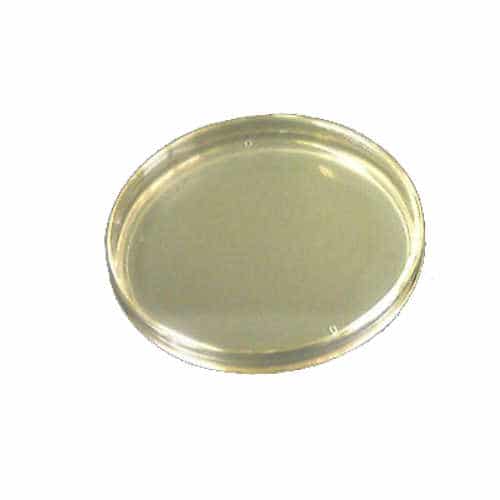
Nutrient Agar And Nutrient Broth Composition Preparation Differences
Comments
Post a Comment